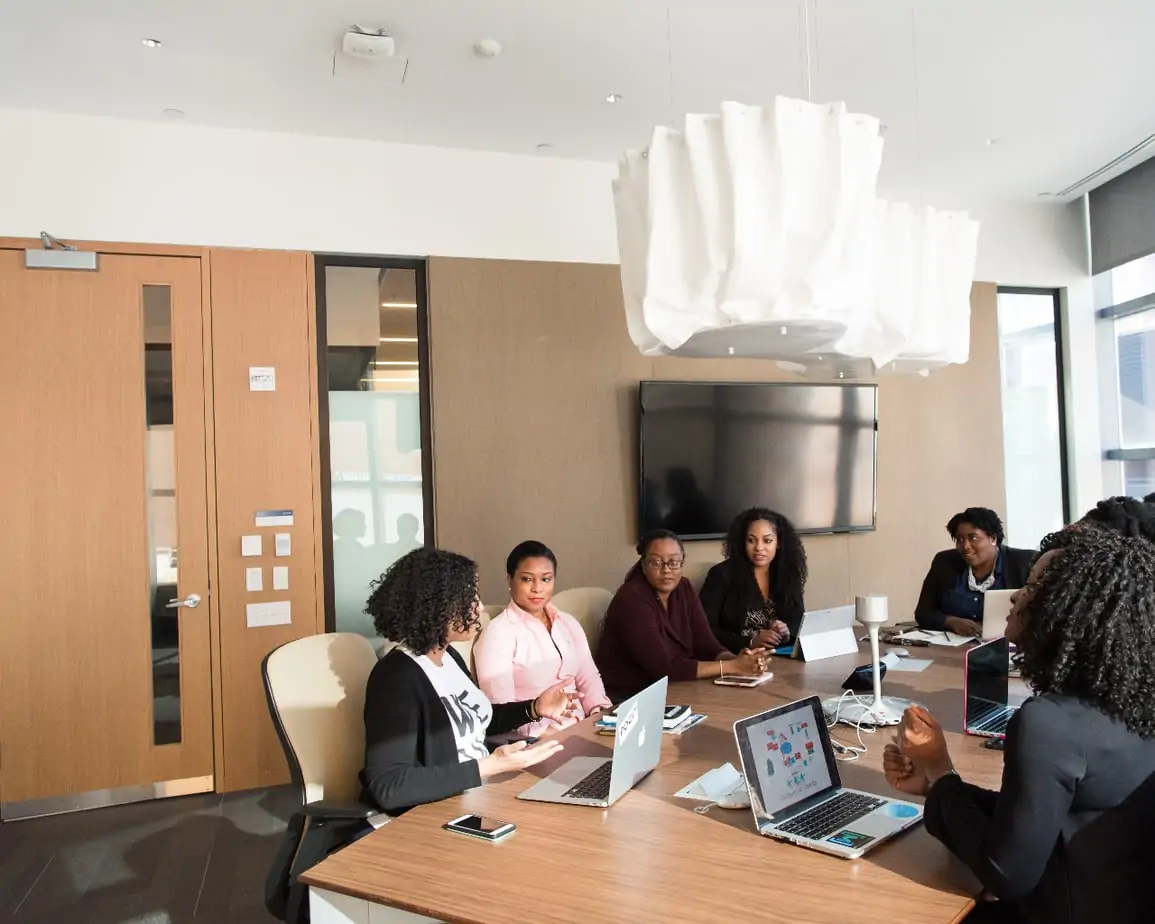At first, this seemed like an overwhelming and almost impossible shift — prior to the pandemic, only about 7% of workers were working remotely, making it uncharted territory for most individuals. Almost two years after the shift began, many people are now working under this model, with no end in sight for it in the near future.
It’s actually no wonder people have taken so much enjoyment in settling into these new modes of work: with required reporting time to the office reduced to two or three days rather than five under hybrid setups (and none at all for remote workers), employees are given the freedom to work how, when, and where they like. They’re also given more of an opportunity to attend to personal responsibilities and relationships. Their office time is made more meaningful, too. Rather than spending all their time routinely in the office, they’re able to make more focused use of facilities and in-person meetings.
Despite the return to some sense of normality in this post-coronavirus world, it seems that hybrid and remote work options are here to stay. The world’s continuous shift to digital platforms makes it more and more possible for this to become the standard — and with good results. Hybrid work has created a positive impact on employees across diverse industries.
Wondering whether you should implement one of these work setups? Here are some of the ways that this model enhances employee satisfaction, in turn benefiting the companies that embrace it:
Control over time and work-life balance
Life before the pandemic was a lot less restricted. But many people also felt exhausted, with up to two-thirds of Americans reporting burnout from their jobs in the year 2019 alone. People had reported feeling stressed, frustrated, and anxious at work, which negatively influenced their health and personal life. Most also disliked their work culture.
The pandemic ushered in the practice of hybrid work, which has given many people the chance to attend to their mental health and enjoy more personal time. While away from the office and at home or elsewhere, employees are being more actively encouraged to take better care of their wellbeing. The year 2021 is expected to show a significant increase in job satisfaction, as well: with remote and hybrid work in play, as well as other benefits and considerations companies have introduced, employees appear to be on their way to becoming much happier with their jobs.
In addition to having more personal freedom to engage in relaxation or leisure activities, employees are also given the chance to travel or work from other locations. Whether it be in another state or country, or perhaps just the coffee spot down the street, individuals can pick an environment they feel is more conducive to creativity and focus. ‘Nomadic’ work, or working while traveling from place to place, has grown increasingly popular among those working under remote or hybrid models.
Personal and professional development
Employees are not only given the chance to work on their personal development, but also the opportunity to grow as working professionals. Since hybrid and remote work seem to be here to stay, this beginning of its implementation is the perfect time to find out what works best for both employees and employers. Individuals can improve existing skill sets, while also taking the time to navigate new technology and add new strings to their career bows.
Additionally, hybrid work setups also allow employees to take the initiative when it comes to the use of their office space: will they use it mainly for meetings and consultations? What equipment will they be needing, and how often will they be in office? Whatever the case may be, employees learn how to become more adaptable, and also more considerate of the schedules and circumstances of their fellow workers. Companies can actually also significantly reduce office space costs or transfer to completely different locations since they won’t always be operating at full capacity.
Teamwork and collaboration opportunities
Companies are likely to benefit the most from this last impact: with employees encouraged to create clearer communication lines and more effective processes, they’re also likely to boost company productivity. Hybrid work requires more planning for collaborative efforts, thus pushing employees to talk to their colleagues more often, as well as look over plans more meticulously. It takes more effort to collaborate when everyone is far apart, so being able to sync plans will require full focus and attention to detail.
Of course, this work setup also offers up the chance of more meaningful in-office time for employees. Rather than spending their work days idle at their desk with little chance to move around, they’re able to converge at physical locations when necessary, which is also a plus for safety. They can make the most of their in-office time by discussing the matters that are most significant.
Employers can also benefit from reduced rent and utility costs once they minimize the use of their office space or relocate somewhere less costly. If you’re looking for ways to make office time more meaningful for employees, or perhaps just boost employee satisfaction overall, one way is to implement a hybrid work model and be attentive to the needs and adjustments that your team might require.
An excellent way to save on rent and utilities is by considering office spaces that are owned and partially operated by others — cities like NYC and Los Angeles have several options for startups and other businesses who are operating in a hybrid setup and might want to have a more appropriate working space for their team. Executive office spaces in NYC and elsewhere are often available and adjustable to the needs of each company, so if you’re hoping to continue your hybrid work setup, these considerations should also fall under your radar.
The success of hybrid and remote work models are entirely dependent on the company’s and employees’ ability to meet in the middle and successfully reach the goals set for them. All in all, these new arrangements have proved to be beneficial for both sides, and will likely continue to be that way as long as communication is maintained and expectations are set. After all, happy employees are productive employees.









0 Comments